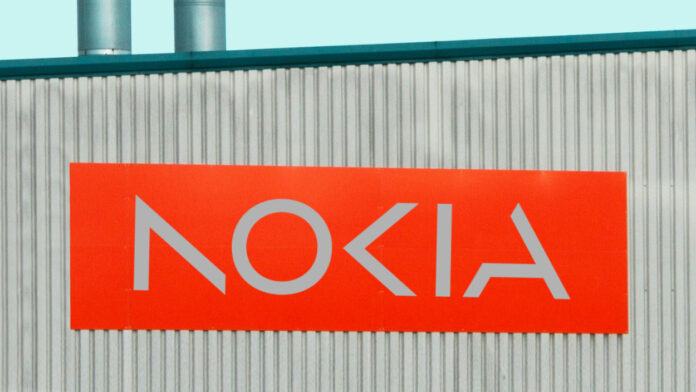Ooredoo Qatar is tapping into ‘the whole gamut’ of Nokia’s core offerings to enable capabilities like network slicing and the integration of AI and ML
Ooredoo Qatar has selected Nokia for its core network modernization, tapping into the vendor’s fully cloud-native core portfolio that includes several assets such as subscriber data management, voice core and packet core.
“It’s kind of like the whole gamut,” Nokia’s President of Cloud and Network Services Raghav Sahgal told RCR Wireless News. This makes it possible for Ooredoo to begin delivering use cases that require ultra-low latency bandwidth for things like industrial automation and other kinds of high-quality connectivity elements, as well as capabilities like network slicing and the integration of AI and machine learning to strengthen network performance, reliability and the overall customer experience, he continued.
The partnership includes the roll out of the Nokia Data Center Fabric solution, which the vendor said enables data centers and cloud environments to more easily scale, adapt and operate. By deploying Nokia’s 7220 Interconnect Router (IXR) system as part of this solution, Ooredoo Qatar can provide its services at higher efficiency, reduced energy consumption and increased capacity. The telco will also use Nokia’s MantaRay NM solution for a consolidated and automated network view.
An important element here is the idea that working with Nokia to modernize its core will help Ooredoo realize new revenue streams. But how, exactly? Well, Sahgal answered this question with another question: “Where is the new revenue stream? It’s in the surrounding ecosystem of applications for enterprise cases and consumer cases. In order to be able to do that, you have to be able to build very sophisticated, cloud-native infrastructure that exposes the network such that you can actually connect it to this ecosystem,” he said.
And in order to be able to do that, you need to start with a cloud-native core. “Once you have that, you’re able to expose because what you need to do is reduce the friction between the ecosystem and the network… It gives you the framework to build any use case on the top of that,” he explained. “You need other pieces, for sure — you need API platforms and all of that, but you have to first expose the network.”
In addition to focusing on the transforming the core network, Nokia has also positioned automation as a top priority. “Whenever you build a cloud infrastructure you have to bring in a lot of automation… so that it becomes a network that is intent-driven,” explained Sahgal, adding that an intent-driven network means that if a consumer or an enterprise declares what it wants from the network, that intent is translated into what the network actually delivers. “You have to capture that intent and then orchestrate it across the network,” he said.
And then, of course, there is the role of AI: “In all of this, we are infusing massive amounts of AI into our core platform, into our autonomous platforms because there is no other way … otherwise you can’t contend with the [amount of] data you’re dealing with,” said Sahgal.
For Ooredoo Qatar, though, the emphasis is on enhancing the customer experience. “Our vision is about enriching people’s digital lives and taking this important step with Nokia, of moving to a 5G standalone core network, supports our group-wide project initiatives of evolving our network operations with new digital capabilities and business models that strengthen the customer and enterprise experience,” said Sheikh Ali Bin Jabor Al-Thani, Chief Executive Officer, Ooredoo Qatar.
At the end of 2024, Nokia claimed 123 5G Standalone (5G SA) core communication service provider customers, which Sahgal said represents 55% of the market in terms of 5G SA implementations, at least by the company’s estimates. A recent (and big) win for the vendor was securing a contract with AT&T earlier this month to support for the evolution of the U.S. telco’s voice core offering and to inject additional automation capabilities into its network.

